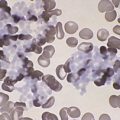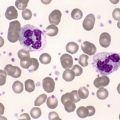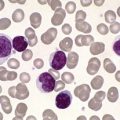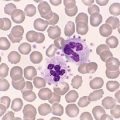D2. Non-malarial blood parasites
Microfilaria (Wuchereria bancrofti)
Microfilaria are threadworms (Nematoda). They are transmitted to humans by flies and mosquitoes, lodging in the lymphatic vessels where they cause lymphangitis and elephantiasis. Microfilaria are approximately 280 μm in length and 7 μm wide and are covered by an outer sheath. The nuclei of the body cells do not extend to the end of the gradually tapering tail. Microfilaria are found in the blood stream only during the night. Refer to Fig D2-1.
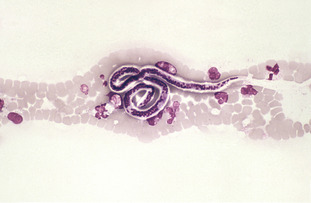 |
| Figure D2-1 |
Microfilaria (Loa loa)
Loa loa microfilaria is transmitted to humans by deer flies and mango (mangrove) flies namely Chrysops silicea and Chrysops dimidiata. The geographical distribution of Loa loa is restricted to the rainforest and swamp forest areas of West Africa. Loa loa (also known as the African eye worm) migrates throughout the subcutaneous tissues, occasionally crossing into the subconjunctival tissue where it can be easily observed. Adult Loa loa worms are sexual; the female worms measure 400 to 700 μm in length and 5 μm in diameter while the males measure 300 to 340 μm in length and 4.3 μm in diameter. Loa loa microfilaria can be morphologically recognised from other species of microfilaria as they are sheathed and contain body nuclei that extend to the tip of the tail. Loa loa are found in the peripheral blood during the day. Refer to Fig D2-2.
Stay updated, free articles. Join our Telegram channel

Full access? Get Clinical Tree


